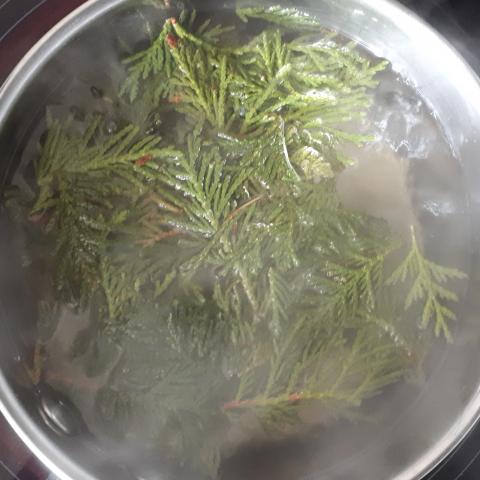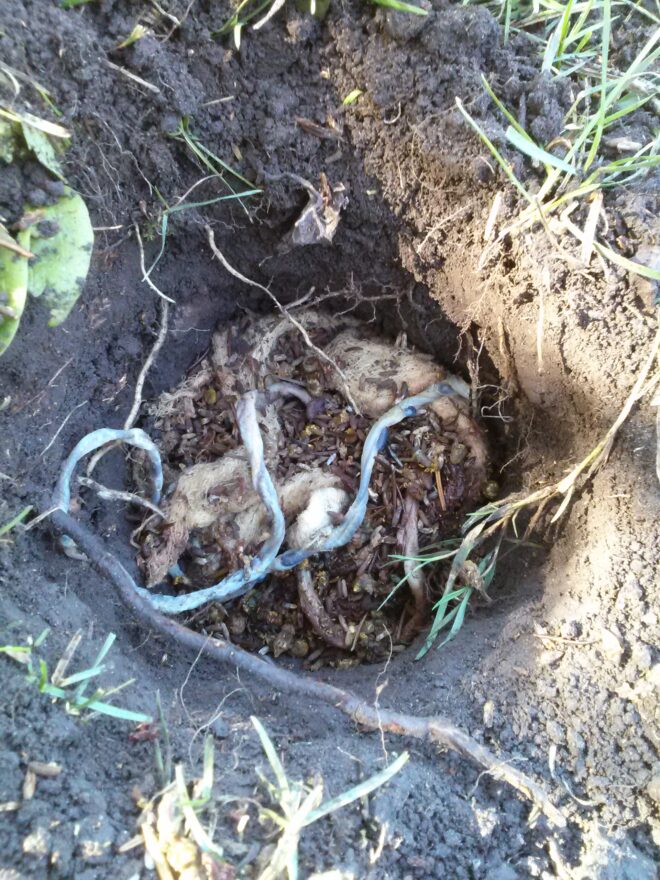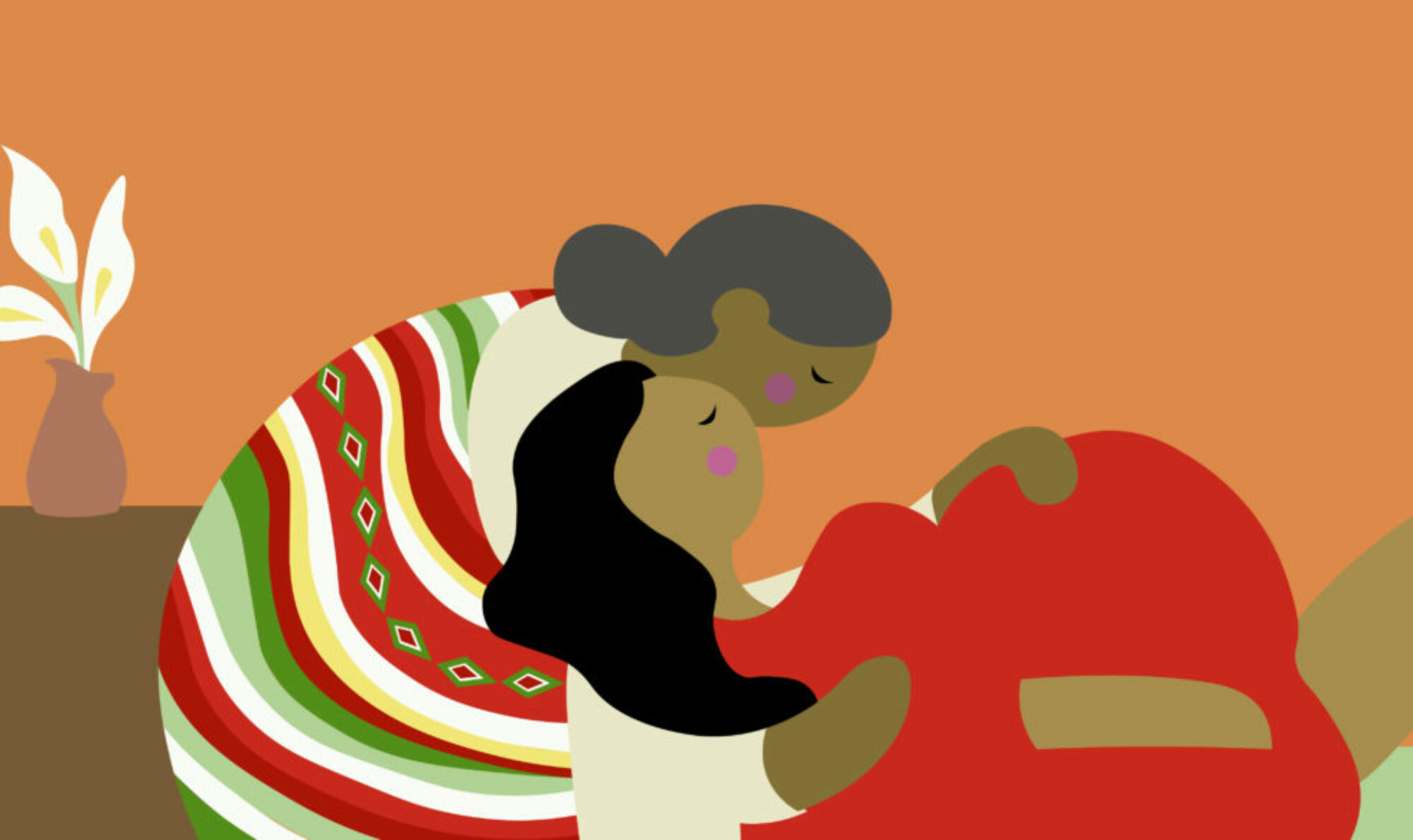Welcome to my audio presentation exploring topics I believe I need to expand my knowledge on regarding Indigenous women and birthing practices in their culture so I can further support indigenous members and those of a racial minority. As well as, having an understanding of various ways I could support the indigenous community keeping in mind their beliefs and cultural practices. Including, how I could implement two-eye seeing in supportive methods and how to recognize barriers so I can take the appropriate actions involving the community to support them and have services be a reflection of their needs and beliefs.



References
Anderson, K. (2011). Life stages and native women: Memory, teachings, and story medicine. Univ. of Manitoba Press.
Baskin, C. (2019). Strong helpers’ teachings: The value of indigenous knowledges in the helping professions. Langara College.
Code of ethics 2005 – Canadian Association of Social Workers. (n.d.). Retrieved March 6, 2022, from https://www.casw-acts.ca/files/attachements/casw_code_of_ethics.pdf.
Gottfriedson, G. (2010). Skin like mine. Ronsdale Press.Gray, L. (2012). First Nations 101. Adaawx Publishing.
Mitchell, S. L. (2018). Sacred instructions: Indigenous wisdom for living spirit-based change. North Atlantic Books.
Native American cradleboards. Native American Cradleboards: Papoose Cradles and other American Indian Baby Carriers. (n.d.). Retrieved March 6, 2022, from http://www.native-languages.org/cradleboard.htm.
Neufeld, T. H., & Cidro, J. (2017). Indigenous experiences of pregnancy and birth. Demeter Press.
Stories and teachings about birth – NACM. (n.d.). Retrieved March 6, 2022, from https://indigenousmidwifery.ca/wp-content/uploads/2017/03/NACM_Booklet_Birth_2016_MED.pdf
